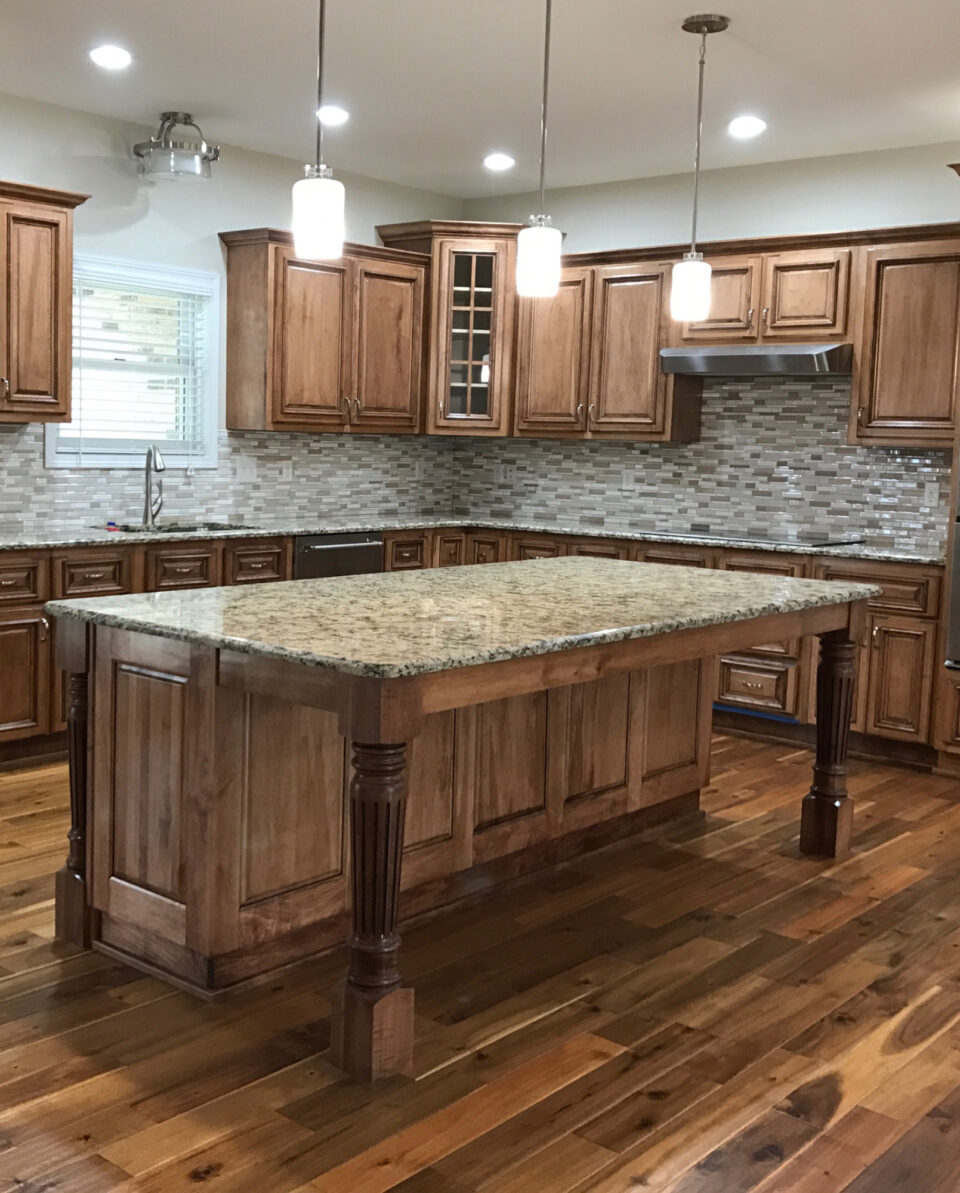A Comprehensive Overview to Selecting the Right Kitchen Island Leg
The Significance of a Sturdy Kitchen Area Island Leg in Producing a Functional Food Preparation Area
A durable cooking area island leg serves as a fundamental part in developing a functional food preparation atmosphere, offering required assistance for both the counter top and numerous kitchen area tasks. As kitchen areas progress into multifunctional locations for food preparation, eating, and interacting socially, the selection of materials and layout factors to consider for island legs ends up being significantly essential.
Benefits of Sturdy Island Legs
Offering necessary support, sturdy kitchen island legs play an essential function in boosting the capability and sturdiness of cooking area islands - kitchen island leg. These legs not just birth the weight of the countertop and any kind of extra products placed on the island, yet also add to the total stability of the structure. A well-supported kitchen island makes certain that it stays useful and upright, also under heavy use, which is specifically crucial in hectic cooking area environments
Moreover, durable island legs can improve the visual appeal of the kitchen. They provide a solid framework that can complement numerous layout styles, from modern to standard. This versatility enables house owners to personalize their kitchen area islands according to individual taste while making sure that the structural honesty stays uncompromised.
In addition to their encouraging duty, durable kitchen island legs can likewise boost safety and security. Eventually, spending in durable kitchen island legs is important for a useful and aesthetically pleasing cooking area.
Products for Cooking Area Island Legs
When selecting materials for kitchen island legs, sturdiness and aesthetic allure are important elements to consider. The most common materials include hardwood, metal, and engineered wood, each offering special benefits.
Wood, such as maple, oak, or cherry, is a classic selection due to its strength and ageless charm (kitchen island leg). It can stand up to significant weight and is resistant to use, making it excellent for high-use cooking area atmospheres. Additionally, wood can be tarnished or painted to complement various cooking area styles
Steel legs, commonly crafted from stainless steel or functioned iron, give a contemporary and industrial appearance. They are unbelievably solid and can sustain substantial loads while being immune to dampness and warm, which is useful in a cooking area. Steel legs can also be quickly cleaned up, boosting their functionality.

Design Factors To Consider for Security
The choice of materials for cooking area island legs straight affects the design considerations for security. When developing a cooking area island, it is extremely important to assess the weight-bearing ability of the selected materials. Heavier materials, such as strong timber or metal, normally provide higher security, especially under the stress and anxiety of day-to-day usage.
Furthermore, the leg layout have to include proper geometry to boost stability. A broader base enhances the assistance location, decreasing the danger of tottering or tipping. Factor to consider ought to also be offered to the height of the legs; out of proportion leg lengths can result in discrepancy, jeopardizing the general stability of the island.
In addition, the circulation of weight throughout the island is critical. Ensuring that the leg placement straightens with the heaviest elements, such as countertops and devices, will even more boost stability.
Upkeep Tips for Longevity

Cleaning is another vital element of maintenance. Relying on the material of the legs-- whether timber, steel, or composite-- proper cleaning methods should be employed. For wood legs, a gentle wipe with a wet cloth and a suitable wood cleaner will help content maintain their coating. Metal legs might need a light polish to avoid corrosion and preserve their appeal.
Additionally, tightening up screws and screws routinely can you could try these out ensure security and avoid wobbling. If the kitchen area island experiences hefty usage, think about reinforcing the legs with extra brackets or sustains to improve durability. Using a safety finish or sealant can safeguard versus dampness and stains, prolonging the life-span of the legs. By complying with these upkeep tips, property owners can guarantee their kitchen area island legs stay durable and functional for many years to find.
Picking the Right Leg Design
Regular maintenance guarantees that kitchen area island legs stay durable and useful, yet choosing the right leg design is equally crucial for both aesthetic appeals and support. The option of leg style can dramatically influence the overall layout and consistency of your kitchen area.

Functionality is another critical aspect. Thicker legs or those with a strong base can sustain larger counter tops and devices, enhancing the island's energy. Conversely, important site slim legs may produce an airy look, suitable for lighter styles yet potentially much less helpful.
Conclusion
In summary, the value of tough kitchen area island legs can not be overemphasized in the development of a functional food preparation area. These legs give necessary assistance, boost stability, and add to the total visual of the cooking area.
A sturdy cooking area island leg serves as an essential part in developing a functional cooking atmosphere, supplying needed support for both the countertop and various cooking area activities.Giving important assistance, strong kitchen island legs play a pivotal duty in improving the functionality and sturdiness of kitchen islands. Ultimately, spending in tough kitchen island legs is crucial for a functional and aesthetically pleasing cooking location.
Consideration needs to likewise be offered to the elevation of the legs; disproportionate leg sizes can lead to inequality, jeopardizing the overall security of the island.
Wood legs give heat and a timeless appearance, while metal legs use a modern-day and commercial feel.